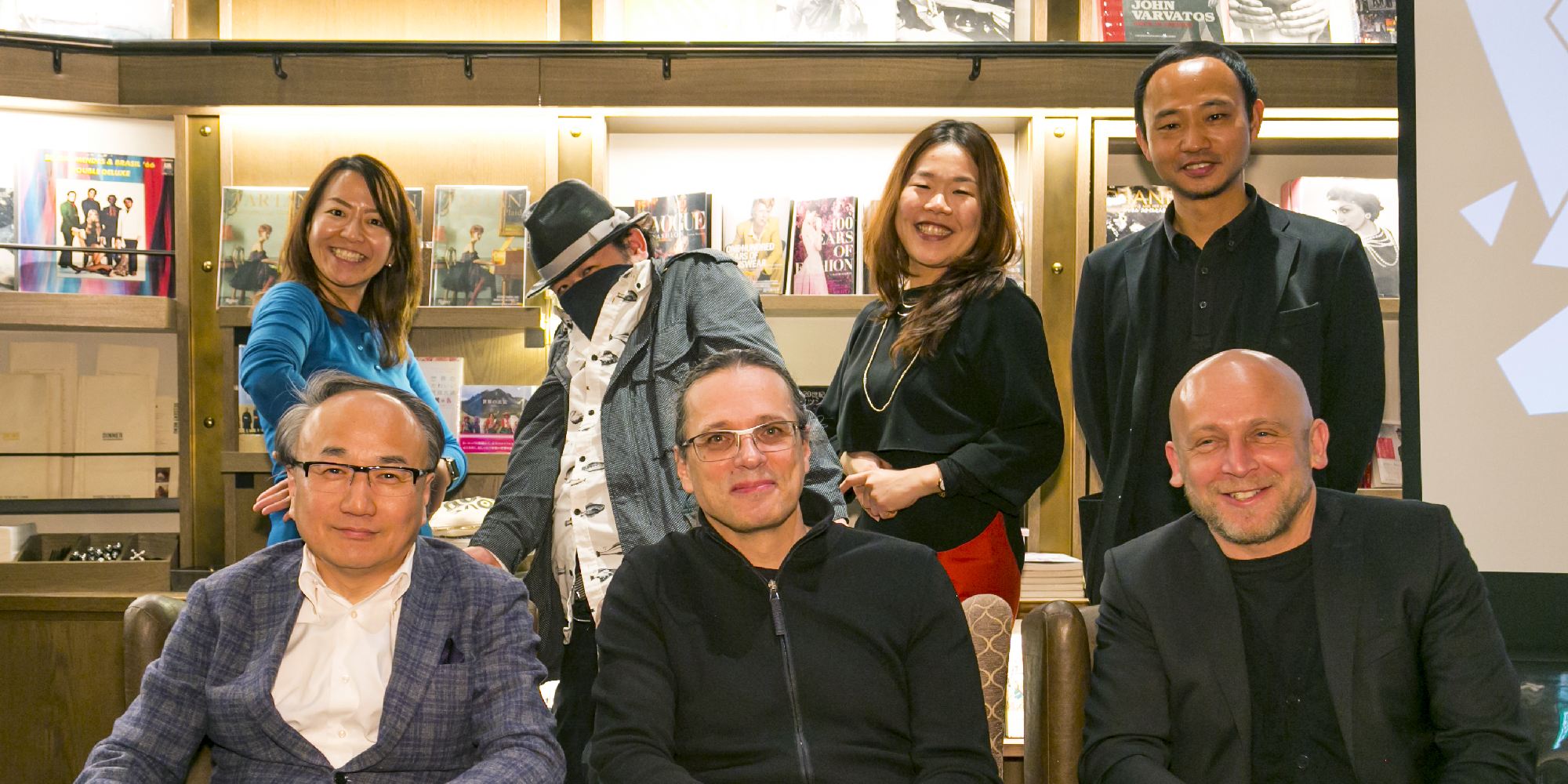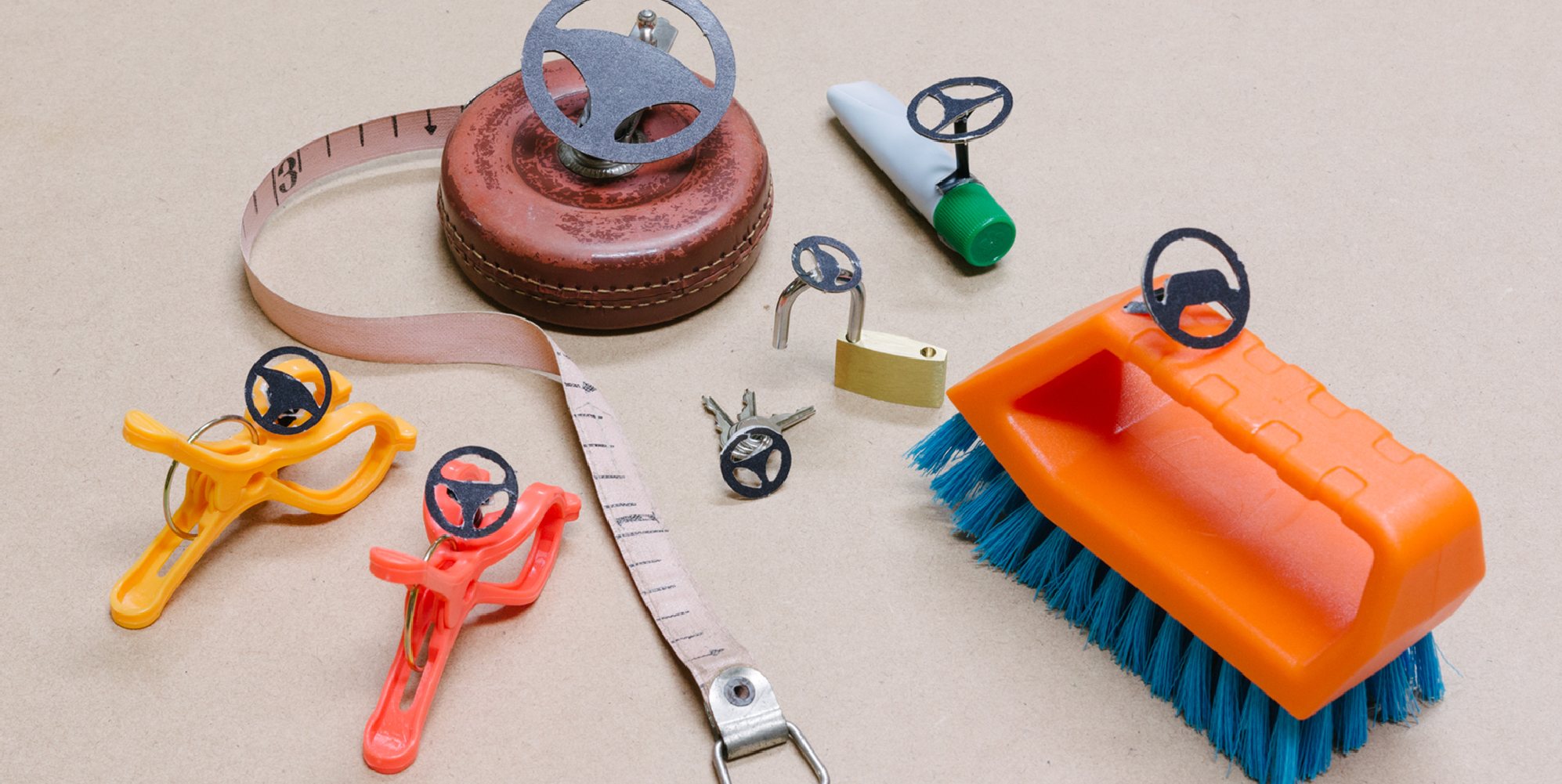In 2014, Ars Electronica launched the collaborative project Future Catalysts together with Japan’s premier advertising agency Hakuhodo. The project views artists and people with artistic perspectives as “catalysts for the future”.
Individuals participating in the project create experimental frameworks, communities and projects in the domains of art, technology, industry and society that are intended to stimulate social and cultural innovation, and the project examines the processes and effects of their work. In particular, the project seeks to create new forms of interaction between “art” and the domain of “industry”, so crucial to social formation.
The advertising designed to promote the products and services that corporations produce exploits the various media of the age, giving birth to the ephemeral trends of the moment. In their quest to find new roles and new positions for advertising, the world’s advertising industry is constantly seeking out new experiential domains in which to fuse art and technology. We are concerned that these efforts by the ad industry ultimately may lead to addiction rather than benefit for society.
Ars Electronica therefore seeks to use the power of art to find “non-toxic” solutions for the present that can be presented to Japanese business and government as catalysts for constructive dialog about what we want society to become. Industry is a mirror of society. The Japanese design sense known as monozukuri excels at fusing sophisticated technology with everyday life. But amid the fierce global competition and the deluge of products and services for enhancing everyday life we don’t know where we are and seem to have lost our way. We therefore need creative questions that can help us to understand what we are doing. John Maeda’s exploration of design and art, “Design creates solutions. Art creates questions,” is fascinating in this regard. Further expanding his ideas as below brings into view the nature of the equal relationship between art and industry—a topic largely ignored up to now: Design is effective in producing product and service solutions by giving its object superior form as part of a process motivated by the “present” and “commercial value”. In contrast, art is effective in questioning the fundamental nature of its object, creating dialogues about vision and strategy that address such things as the “future” and “social values.”
Future Innovators Summit (FIS) is a system to prototype the Future. This is a project by Future Catalysts Hakuhodo x Ars Electronica.
The key to actualization of “innovative strategy” is THE POWER OF QUESTION (ability to choose a “question”). Sorting out and solving present problems (=solution) do not shed a light to a new direction for companies and their businesses. It is the ability to choose a “question” for the purpose of finding new innovation and uncovering future possibilities that generates a new dimension.
Credits
Research & Development: Hideaki Ogawa


